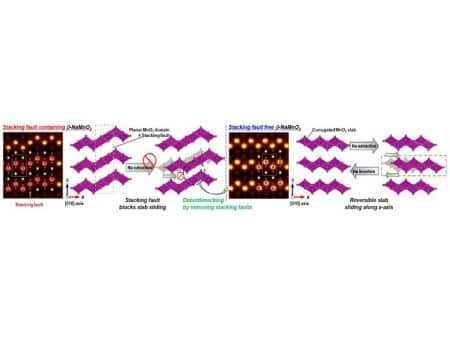The European Union’s ambition to install 40 GW of green hydrogen electrolyser capacity and produce 10 million tonnes of hydrogen domestically by 2030 now stands on increasingly shaky ground. As detailed in a joint study by CASSIS and EWI, the optimism underpinning these targets no longer reflects current market dynamics, cost developments, and global political shifts.
Cost Curve Reversal Undermines Market Assumptions
Contrary to earlier projections that envisioned a downward cost trend, the production cost of green hydrogen has risen over recent years. European green hydrogen currently costs about twice as much as blue hydrogen produced from fossil fuels. This widening cost gap is partly driven by higher material and labor expenses and the rising cost of capital for large-scale industrial hydrogen projects.
Moreover, global natural gas prices are projected to decline after 2026 due to increased LNG supply. This further diminishes the competitiveness of green hydrogen, potentially widening the already significant price gap between green H2 and fossil-based alternatives. As a result, the industrial sectors targeted for hydrogen integration—steel, cement, chemicals—are unlikely to meet green hydrogen cost thresholds by 2030, weakening the business case and delaying investment decisions.
Demand Projections Have Been Quietly Revised Downward
Initial projections for hydrogen uptake across transport and buildings have not materialized. Electrification alternatives in these sectors have proven more economically attractive and technically feasible. The revised outlook shows significantly lower demand for hydrogen in both European and global contexts, calling into question the viability of the import targets and domestic production goals.
Hydrogen Imports: A New LNG-Style Vulnerability?
The EU’s hydrogen strategy, drafted in 2020, envisioned massive imports from regions such as North Africa, the Middle East, and Latin America. However, these regions are now grappling with their own decarbonization needs, reducing their willingness to commit to long-term hydrogen exports. At the same time, global fragmentation, protectionist trade policies, and geopolitical instability further undermine the reliability of these supply routes.
Europe’s experience with Russian gas dependency has made energy security a non-negotiable priority. The same vulnerabilities—unstable supplier regimes, volatile shipping routes, geopolitical shocks—now threaten the hydrogen import model. Even emerging partnerships with African and Latin American nations come with long-term uncertainty, especially given the lack of enforceable mechanisms to ensure stable delivery.
Dependence on Chinese Electrolysis Technologies Poses Strategic Risk
Building the scale of electrolyser capacity envisioned by the EU will require significant imports of critical raw materials and electrolysis technologies. Currently, China controls approximately 40% of global electrolyser manufacturing and 60% of the related technology supply chain. This poses a dual risk: technological dependence and exposure to future export restrictions or trade conflicts, particularly in an environment of increasing China-EU tensions.
Funding Constraints and Shifting EU Political Priorities
Financial constraints are further complicating matters. With a growing share of EU budgets being redirected toward defense and security in response to geopolitical threats, large-scale subsidies for hydrogen projects are being reassessed. The European Commission is already signaling a pivot toward prioritizing industrial competitiveness and energy resilience over expansive climate-driven infrastructure buildouts.
The implication is clear: hydrogen support will be triaged. Sectors such as long-haul aviation, heavy industry, and high-temperature processes—where electrification is not yet viable—are likely to remain the focus of whatever funding persists.
The Case for Regionalized Production and Conservative Imports
Given the risks, a more regionally anchored hydrogen strategy is taking shape. The focus is increasingly on Scandinavia and Norway, where production aligns better with EU energy security priorities. Norway, already the bloc’s largest gas supplier, is well-positioned to become a stable hydrogen partner. This shift could reduce the EU’s exposure to more volatile supply regions while still supporting its decarbonization goals.
At the same time, diversified import routes remain essential. Even Norway is not immune to over-reliance risk. The U.S. is emerging as a possible major hydrogen exporter by 2030, but potential trade frictions—especially under a future Trump administration—could weaponize hydrogen exports in much the same way LNG supplies have been politicized. Import diversification, not deepened bilateral dependency, must remain the EU’s guiding principle.
A Sobering Outlook
Europe’s hydrogen dream is not dead, but it is being rapidly recalibrated. Under current conditions, the 2030 goals for hydrogen production and imports appear unachievable. Instead of continuing to chase outdated targets, the EU is beginning to pivot: toward resilient, cost-aware strategies, toward regional production hubs, and toward selective sectoral deployment where hydrogen remains indispensable.
The recalibration underway is not an abandonment of hydrogen, but rather a course correction—a necessary adaptation to a world where economic realities and geopolitical constraints now shape what is possible far more than visionary roadmaps once did.








